AFI
SOURCE: AFI
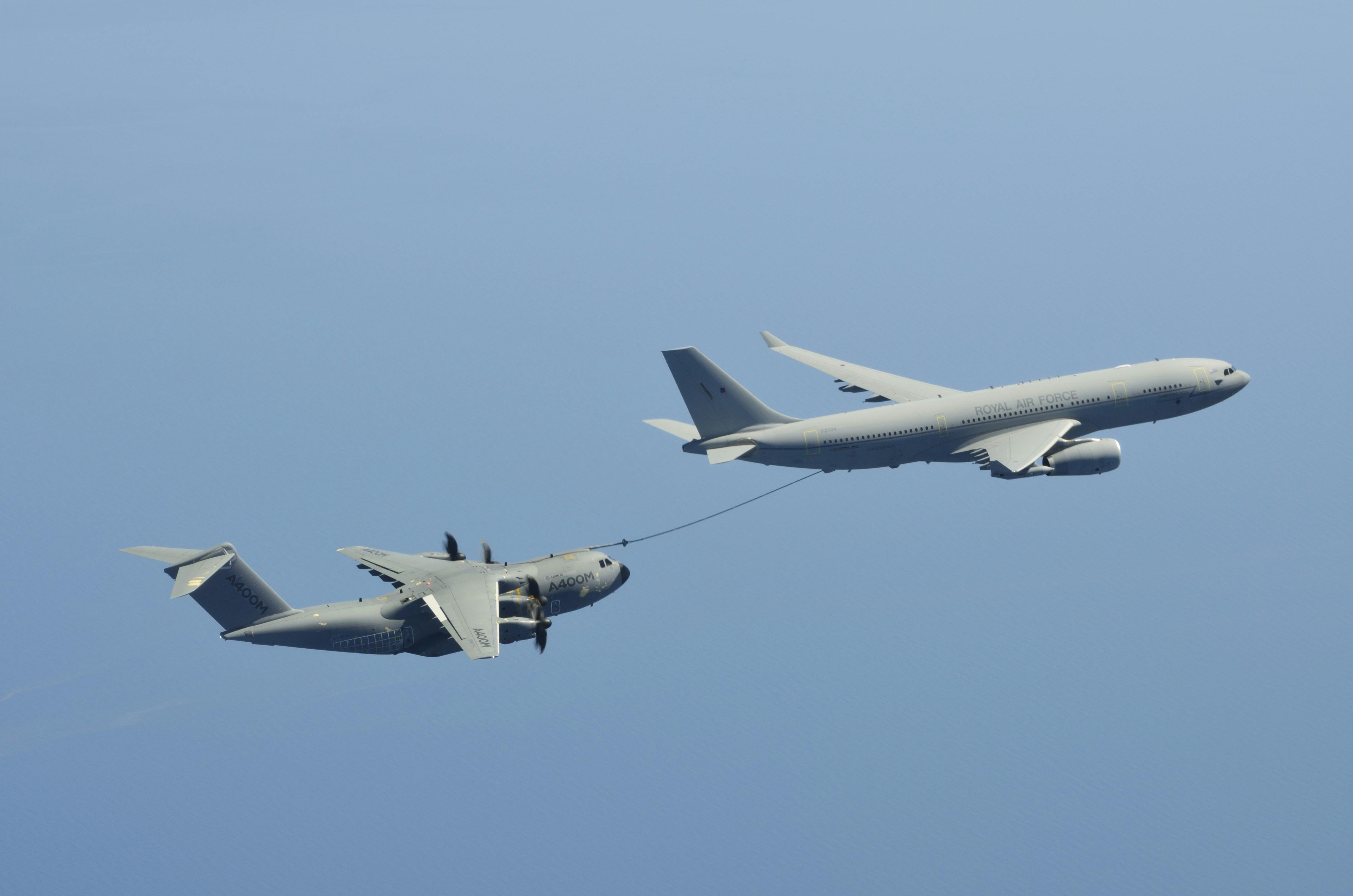

Airbus is set to captivate attendees at Aero India 2025 with an impressive showcase of its cutting-edge aerospace solutions, including the A330 Multi-Role Tanker Transport (MRTT), the A400M Transporter, and the H125 Helicopter. This year’s event, scheduled to take place in Bengaluru, will highlight Airbus’s commitment to advancing India’s aerospace, defense, and security sectors.
The A330 MRTT will be a focal point at the exhibition, demonstrating its dual role as both an aerial refueling tanker and a strategic airlifter. With its ability to refuel multiple aircraft simultaneously, enhance operational range, and transport troops or cargo, the MRTT is pivotal for operations in extended missions. Its presence at Aero India underscores Airbus’s focus on strengthening military logistics and operational flexibility.
Continue readingSOURCE: AFI


The iconic B-1B “Lancer” supersonic bomber, known for its formidable presence in the skies, is set to make a triumphant return to Aero India in 2025. This time, the U.S. Air Force has confirmed that the “Lancer” will not only be part of the static display but will also dazzle attendees with aerial demonstrations, highlighting its capabilities and reaffirming the strengthening defense ties between the United States and India.
The B-1B Lancer, affectionately nicknamed “The Bone” (a play on B-One), is a long-range, multi-mission bomber capable of carrying out missions worldwide from its bases in the United States or forward-deployed locations. Its capability to deliver both conventional and, in the past, nuclear payloads makes it a versatile asset in the U.S. Air Force’s inventory.
Continue readingSOURCE: AFI


In a firm stance on maintaining the integrity and accuracy of military equipment testing, the Indian Army has rejected repeated requests from companies to conduct critical ballistic tests at a police laboratory. Instead, the Army insists on using the time-tested facilities of the Defence Ministry, specifically the Terminal Ballistics Research Laboratory (TBRL).
Over the past year, the Defence Ministry has encountered numerous instances where companies involved in supplying military gear, like bullet-proof jackets and helmets, have sought to conduct their ballistic tests at alternative locations, particularly police laboratories. This trend has sparked a debate on the standardization and reliability of testing procedures for military equipment.
Continue readingSOURCE: AFI
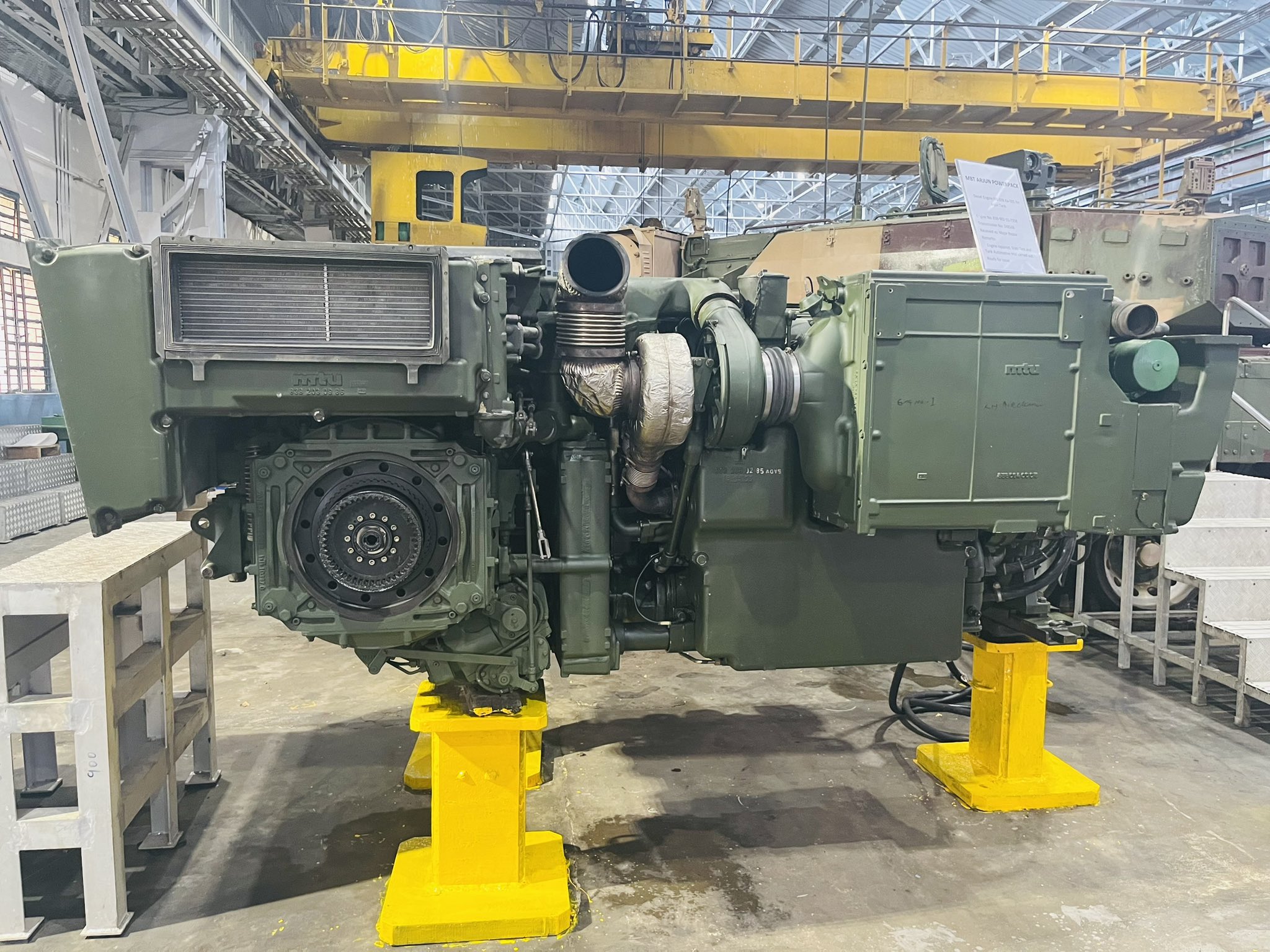

Armoured Vehicles Nigam Limited (AVNL), a cornerstone in India’s defense manufacturing sector, is set to make a significant impact at Aero India 2025. The premier biennial air show, scheduled to take place in Bengaluru, will witness AVNL showcasing the unparaded engines of both the T-90 and Arjun Main Battle Tanks (MBTs), highlighting India’s strides in indigenous defense technology.
AVNL, established as part of the restructuring of the Ordnance Factory Board, has been at the forefront of producing armoured vehicles for the Indian Armed Forces. The Aero India event will provide a platform for AVNL to unveil the intricacies of the engines that power some of the most formidable tanks in the Indian military arsenal.
Continue readingSOURCE: AFI
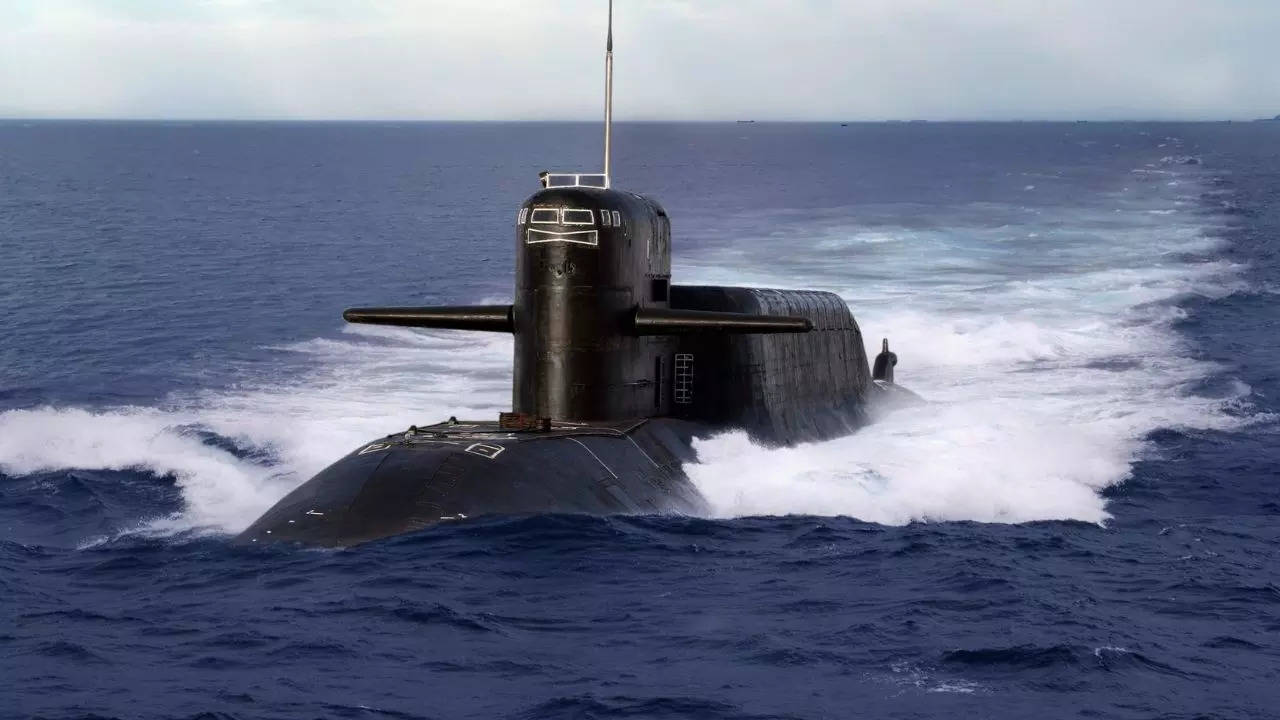

In a strategic pivot, the Indian Ministry of Defence (MoD) has decided against procuring a third aircraft carrier for the Indian Navy, opting instead to enhance its underwater capabilities through an expanded nuclear submarine fleet. This decision marks a significant shift in naval strategy, focusing on stealth, deterrence, and long-range strategic operations.
The decision comes at a time when India is reassessing its defense priorities amidst growing regional tensions, particularly in the Indo-Pacific region where China’s naval expansion is a major concern. The Indian Navy has been vocal about the need to balance its force projection capabilities against the backdrop of evolving threats.
Continue readingSOURCE: AFI


In a significant stride towards enhancing its military surveillance and strike capabilities, India is set to receive the first batch of 31 MQ-9B High Altitude Long Endurance (HALE) drones from the United States in 2029. This development, which comes after years of negotiations and agreements, underscores the deepening strategic partnership between New Delhi and Washington in the realm of defense technology.
The acquisition, valued at nearly $3.5 billion, was formalized under the U.S. Foreign Military Sales (FMS) program. This deal was one of the outcomes of high-level discussions between Indian and U.S. leadership, aiming to fortify the security apparatus of both nations in the Indo-Pacific region. According to the agreement, the delivery of these advanced unmanned aerial vehicles (UAVs) will span from January 2029 to September 2030, with the initial drone landing on Indian soil marking a new chapter in military technology transfer.
Continue readingSOURCE: AFI


DJ Propulsion has officially announced its participation in the upcoming AeroIndia 2025, marking a significant milestone for the company and India’s aerospace industry. The event will showcase DJ Propulsion’s cutting-edge jet engines, highlighting the progress made in domestic engine manufacturing.
Reflecting on the journey, DJ Propulsion’s founder emphasized the challenges faced during the initial stages. “When I started, there was literally no one making jet engines in India’s open market. I was desperate to partner with someone—anyone—just to see these beasts run. PSUs? Good luck getting access,” he remarked.
Continue readingSOURCE: AFI


The Indian Navy has found itself at the center of a controversy after it inadvertently featured an American F-16 fighter jet in one of its promotional videos, instead of the Russian-made MiG-29K, which is actually in service with the Indian naval aviation. The mistake, described by many as an embarrassing oversight, has sparked a wave of criticism and jest on social media platforms and among defense analysts.
The promotional video, meant to showcase the prowess and capabilities of the Indian Navy, included footage of various naval assets. However, eagle-eyed viewers quickly pointed out the inclusion of the F-16, a multirole fighter aircraft designed and manufactured by Lockheed Martin for the U.S. Air Force, which has never been part of the Indian Navy’s fleet.
Continue readingSOURCE: AFI


The Defence Research and Development Organisation (DRDO) has proudly announced that India’s indigenous Light Combat Aircraft (LCA) Tejas showcases one of the lowest Radar Cross-Sections (RCS) in its segment, attributing this achievement to the extensive use of composite materials in its construction. This revelation underscores India’s pioneering role in leveraging composite technology for defence applications, significantly enhancing the stealth capabilities of the Tejas, albeit not originally designed as a stealth fighter.
According to DRDO, the LCA-Tejas incorporates 45% composites by weight in its airframe. This is a notable proportion, especially when compared to other contemporary fighters which often use less composite material in their construction.
Continue readingSOURCE: AFI


Abdul Basit, the former High Commissioner of Pakistan to India, has once again stirred the pot with what many are calling an “outrageous” claim. In his latest statement, Basit asserts that Pakistan’s Nasr (Hatf 9) short-range ballistic missile, with its range of 60-70 kilometers, is “way superior” to India’s Pralay tactical missile, which boasts a range of 150km to 500km. This assertion has sparked both debate and skepticism across defense and diplomatic circles.
Nasr (Hatf 9) Developed by Pakistan’s National Development Complex, the Nasr is explicitly designed as a battlefield weapon system. Its short range is tailored for tactical nuclear deterrence, particularly in response to India’s conventional military doctrines like “Cold Start.” The missile’s primary advantage, according to Basit, lies in its suitability for quick, precise strikes in a battlefield scenario, deterring enemy armor and troop concentrations.
Continue readingSOURCE: AFI
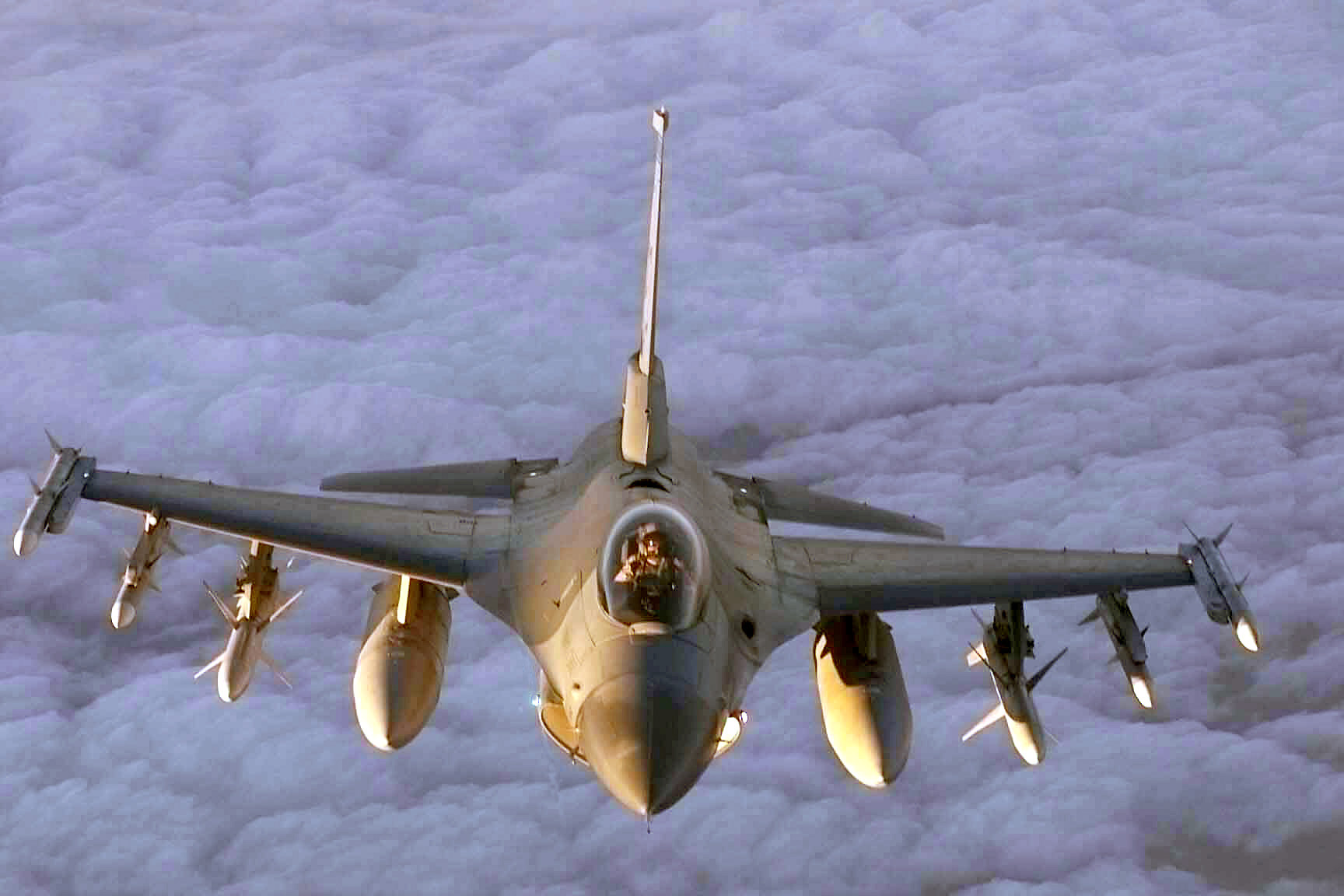

The Indian Air Force (IAF) faces a strategic dilemma with American fighter jets, primarily due to the potential for the United States to suspend spares and support during conflicts, especially if those conflicts involve Pakistan or China, two countries with significant geopolitical ties to the U.S. This concern stems from historical precedents where the U.S. has leveraged its supply chain influence in military engagements.
1971 Indo-Pakistani War: During this conflict, the U.S. imposed an arms embargo on both India and Pakistan, though the impact was felt more by India due to its lesser reliance on American military hardware at the time. This embargo highlighted how geopolitical stances could affect military operations.
Continue readingSOURCE: AFI


A heated debate has been unfolding on X (formerly Twitter), where netizens and defense analysts clash over the origins of the Fuel Cell-based Air Independent Propulsion (AIP) system intended for India’s submarines. The crux of the debate centers on whether this technology was solely developed by the Defence Research and Development Organisation (DRDO) or if it was a collaborative effort with the French Naval Group. Here’s an exploration of the facts to clarify the “actual reality.”
DRDO has publicly stated that the AIP technology was developed by its Naval Materials Research Laboratory (NMRL) with support from Indian industry partners like Larsen & Toubro (L&T) and Thermax. This narrative emphasizes India’s push towards self-reliance in defense technology.
Continue readingSOURCE: AFI
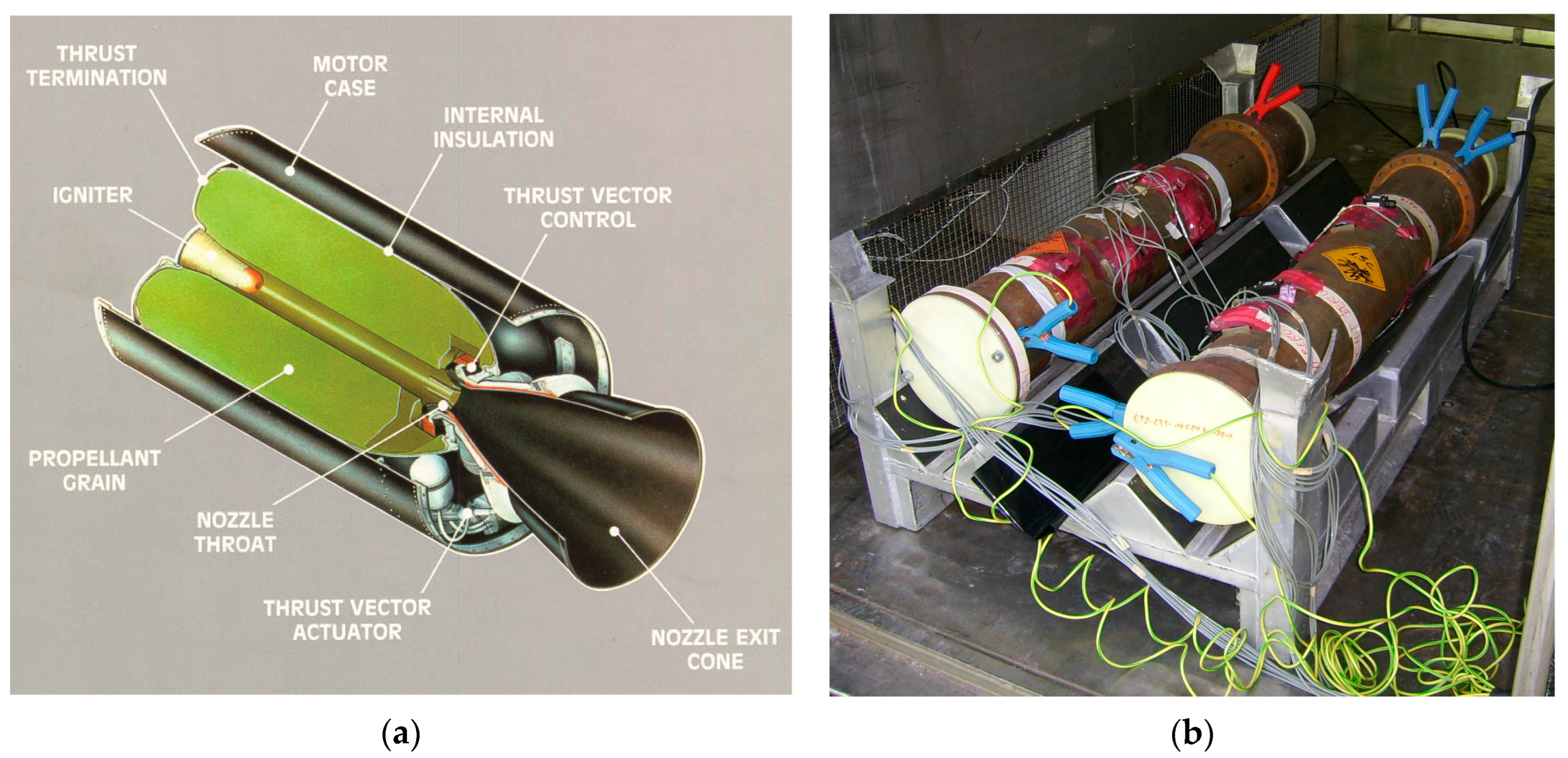

The Technology Development Fund (TDF) under the Defence Research and Development Organisation (DRDO) has initiated the ‘Dare to Dream 5.0’ Challenge specifically for the Individual Category, calling for innovative solutions in the realm of rocket motor design using Machine Learning (ML) and Artificial Intelligence (AI). This challenge focuses on enhancing the design, health monitoring, and service life prediction of Solid Rocket Motors (SRMs), which are crucial for various missile systems.
Solid rocket motors are designed for long-term storage and are meant for one-time use, making the assessment of their longevity and reliability paramount. The propellant used in these motors is a particulate composite material that exhibits viscoelastic behavior, meaning its mechanical properties change with both time and temperature, particularly under the stresses of thermal cycling and operational chamber pressure.
Continue readingSOURCE: AFI
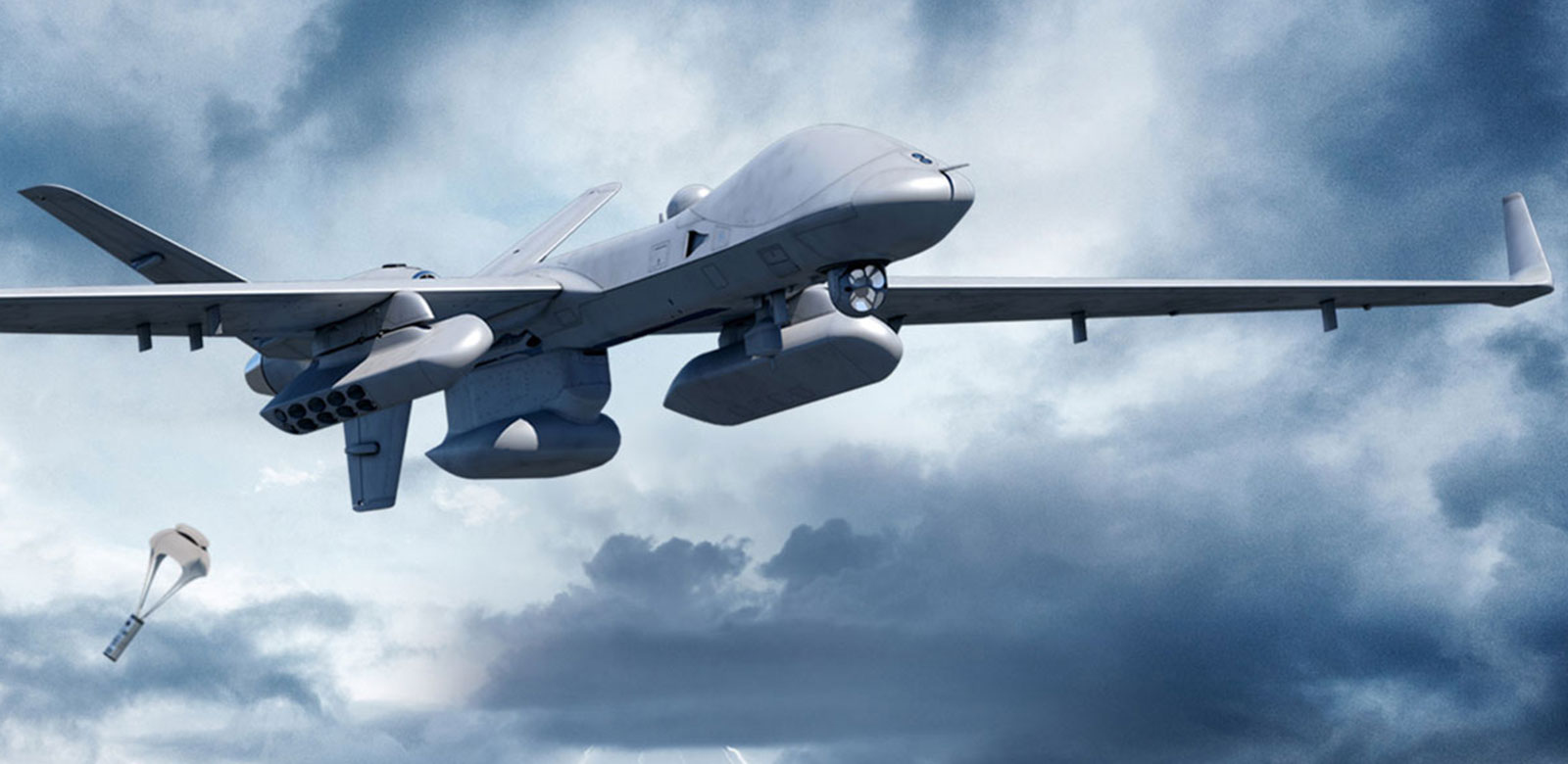

In a swift response to an operational mishap, U.S. defense firm General Atomics has replaced the MQ-9B SeaGuardian remotely piloted aircraft (RPA) that crashed into the Bay of Bengal on September 18. The incident was attributed to a power failure, leading to the drone being declared unsalvageable and written off.
A technical glitch involving a power failure was the reason behind the controlled ditching of the drone, preventing any reset in flight. The drone, while on a routine surveillance mission, was safely maneuvered to a designated spot over the sea off the coast of Chennai before it was intentionally ditched.
Continue readingSOURCE: AFI


The online community in India has found a new source of amusement on X, where users are humorously dubbing the Chinese CH-YH1000 unmanned transport aircraft the “Fat Potato” due to its bulky appearance. This playful mockery comes in the wake of the drone’s recent successful taxiing tests, signaling its potential to take to the skies, an event that has sparked a wave of memes, witty comments, and satirical posts among Indian users.
The CH-YH1000, developed by Aerospace CH UAV Co Ltd, completed a full-load taxiing test at Zhanghe Airport, indicating significant progress towards its maiden flight. However, its unique, somewhat ungainly design has not escaped the sharp wit of the Indian netizens. Posts on X have been filled with humorous comparisons, likening the drone to various improbable flying objects, questioning its aerodynamic efficiency in jest.
Continue reading